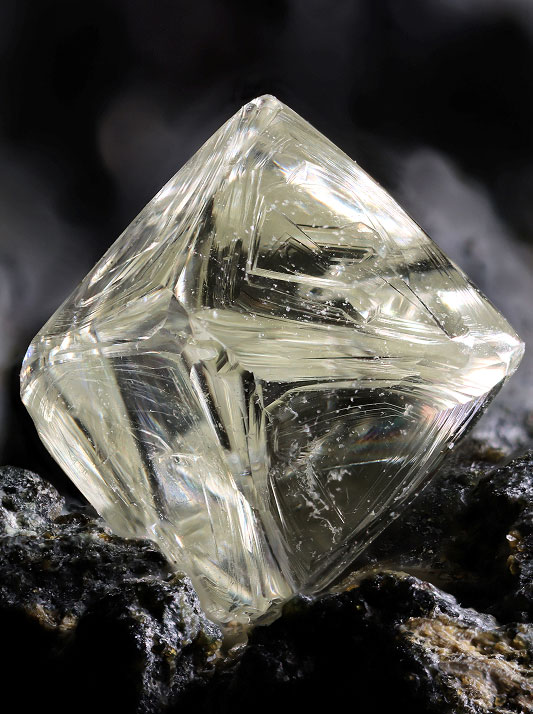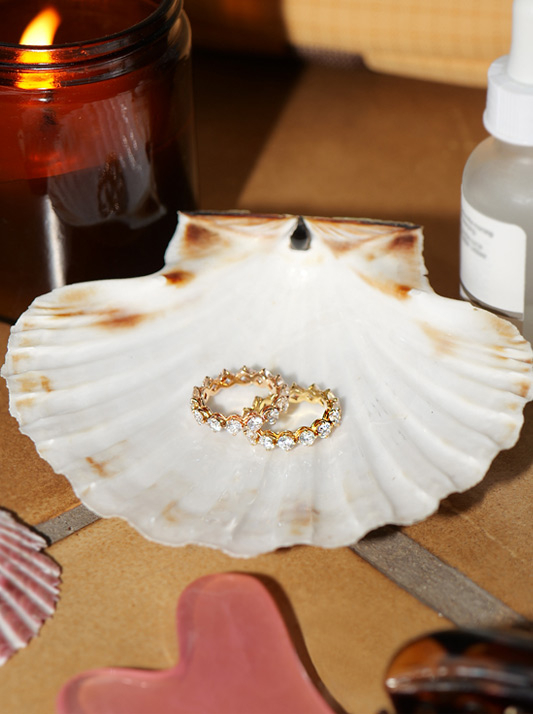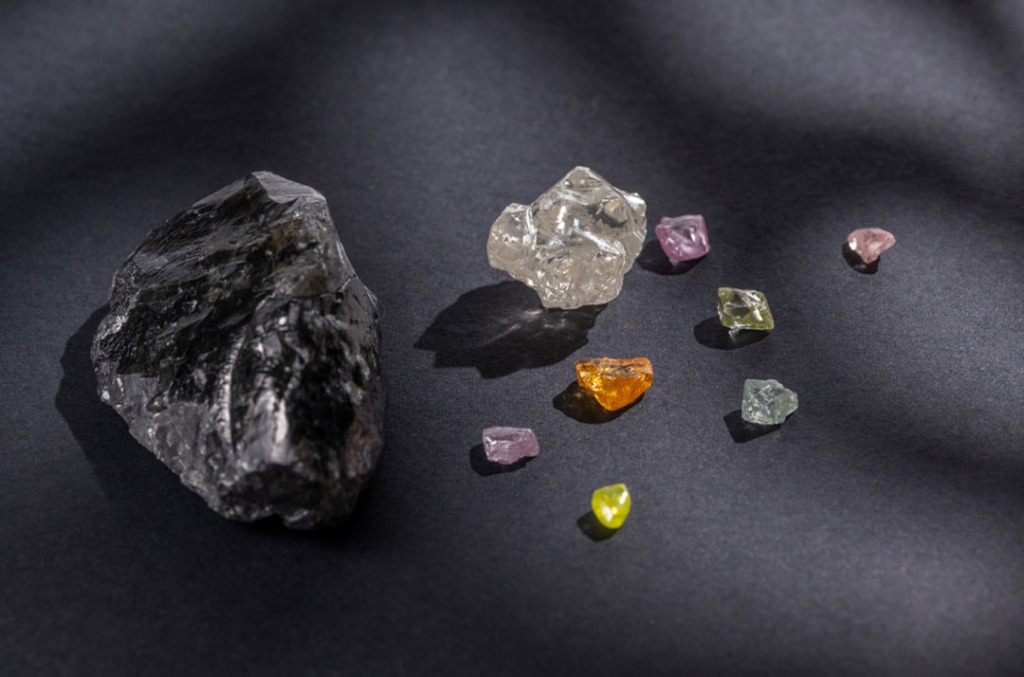Natural diamonds are nothing short of legendary. Just ask Colman Domingo, Hailey Bieber and Heidi Klum, who – among many others – lit up the 2025 Met Gala adorned in diamonds that literally took billions of years to form.
These dazzling gemstones weren’t made in a factory or dreamt up for the runway; they were forged deep in the Earth’s mantle under crushing pressure and searing heat long before humans even existed.
Taking center stage in engagement rings and royal crowns, natural diamonds have symbolized status, love and strength for centuries (King Charles III of the United Kingdom’s Imperial State Crown features a cool 2,868 diamonds, FYI).
But as entirely organic gemstones, just how do natural diamonds form? Where do they come from and how did humans discover them? We have all the answers…
What is a natural diamond?
You know what they look like when set in beautiful pieces of jewelry, but how did they come about? Natural diamonds are made of one thing: pure carbon. But not just any carbon; we’re talking ancient stardust that crystalized deep beneath the Earth’s surface under intense heat and pressure. Some natural diamonds are thought to be up to 3.5 billion years old, formed around the same time as life first began on Earth (no biggie, then!).
It’s believed diamonds were first discovered in India around the 4th century BC1, when the first mention of one was found in a Sanskrit manuscript by a minister in a northern Indian dynasty dating 320-296 BC2.
Diamonds are as strong as they are old. The word ‘diamond’ comes from the Greek ‘adamas,’ meaning unconquerable or indestructible3. It’s no exaggeration: Natural diamonds are the hardest naturally occurring material on the planet4.
And beyond their beauty and strength, natural diamonds offer rare insight into what happened deep below the Earth’s surface millennia ago, making them not just stunning, but scientifically and historically fascinating.


What conditions create a natural diamond?
To understand how diamonds are formed, we need to head deep underground – way deeper than your average recovery site.
A science lesson for you: Earth is made up of three layers (the crust, the mantle and the core). Natural diamonds form in the mantle, typically about 140 to 200 kilometers beneath the surface. Some rare diamonds may even originate from depths of 700 to 800 kilometers.
Down there, conditions are extreme: temperatures soar to over 2,200°F and pressure can reach up to 6 gigapascal – the equivalent of balancing an upside-down Eiffel Tower on a sugar cube, if you can imagine it!
It’s not just heat and pressure that make a diamond, though. The chemical makeup of its environment, including trace elements and minerals, plays a big role in determining a diamond’s final size, color and clarity. That’s why no two natural diamonds are exactly alike – and why gemologists are so obsessed with studying them.
Each gemstone reveals a tiny, glittering clue about the epic geological events happening beneath our feet.
How diamonds reach the Earth’s surface
We’ve got ancient volcanoes to thank for the final step in the diamond formation process. After all that time spent forming deep in the Earth’s mantle, diamonds rose to the surface in one of the most dramatic geological events on record.
Here’s how it worked: extreme heat and pressure deep underground contributed to how natural diamonds formed but it was the rare volcanic eruptions that brought them up. Magma (molten rock) surged from about 160 kilometers below ground, carrying diamonds along with it. As it cooled, it formed vertical, carrot-shaped pipes called kimberlites.
Sadly, not all diamonds made it. Many remain trapped far beneath the surface, meaning the diamonds humans have been able to recover are part of a very limited and exclusive group. The last eruption of this kind happened around 20 million years ago, and scientists believe the odds of it happening again are slim.
Why the natural diamond formation process cannot be copied!
When it comes to natural diamond formation, there’s simply no copying the process. This billion-year geological feat wasn’t invented in a lab or engineered by scientists. It happened deep within the Earth through incredible amounts of heat, pressure and time.
While scientists can replicate the chemical and optical properties of natural diamonds, laboratory grown diamonds (also known as synthetic diamonds, lab-created diamonds and LGDs) are produced in just a few weeks by one of two methods: High-Pressure, High-Temperature (HPHT) or Chemical Vapor Deposition (CVD).
Expert gemologists can see the difference in crystal growth structures of natural diamonds and LGDs. Natural diamonds most often grow in an octahedral shape (like two pyramids stuck together base-to-base), while the crystals in CVD diamonds form in tab-like layers and those of HPHT diamonds grow in a more cube-like shape.

Why origin matters when you’re buying diamonds
Now you’ve got an understanding of how that glittering gemstone on your finger came to be, why is its origin something worth considering? Well, understanding a diamond’s origin – from deep within the Earth all those years ago, and the journey it’s been on to get to you – is a way of elevating its meaning. A naturally formed diamond isn’t just an accessory, but a cherished piece of our world’s history.
In fact, the ability to learn about a diamond’s origin (something that’s now possible when you shop with responsible diamond producers and sellers) is a whole topic in itself and many buyers are now seeking out third-party certifications and traceability initiatives to help verify a diamond’s provenance. While fascinated to know the country and mine it was recovered in, people want to know that their gem has been sourced, handled and traded responsibly, too.
An billion-year backstory is also what sets natural diamonds apart from their lab-grown counterparts, which were manufactured in a matter of days or weeks. Knowing the incredible journey each natural diamond has been on serves as a reminder of its extraordinary endurance, rarity and wonder – something that simply can’t be rivalled.



